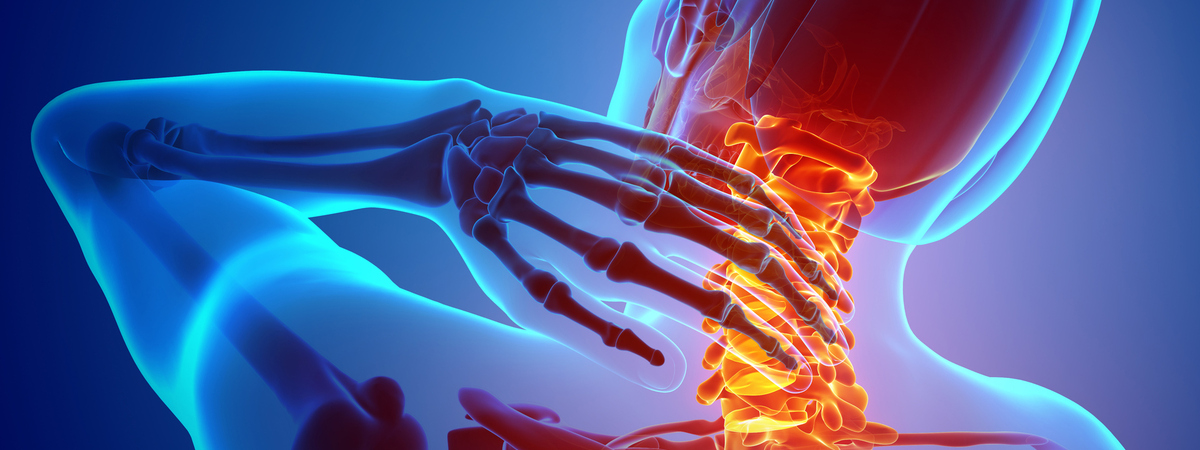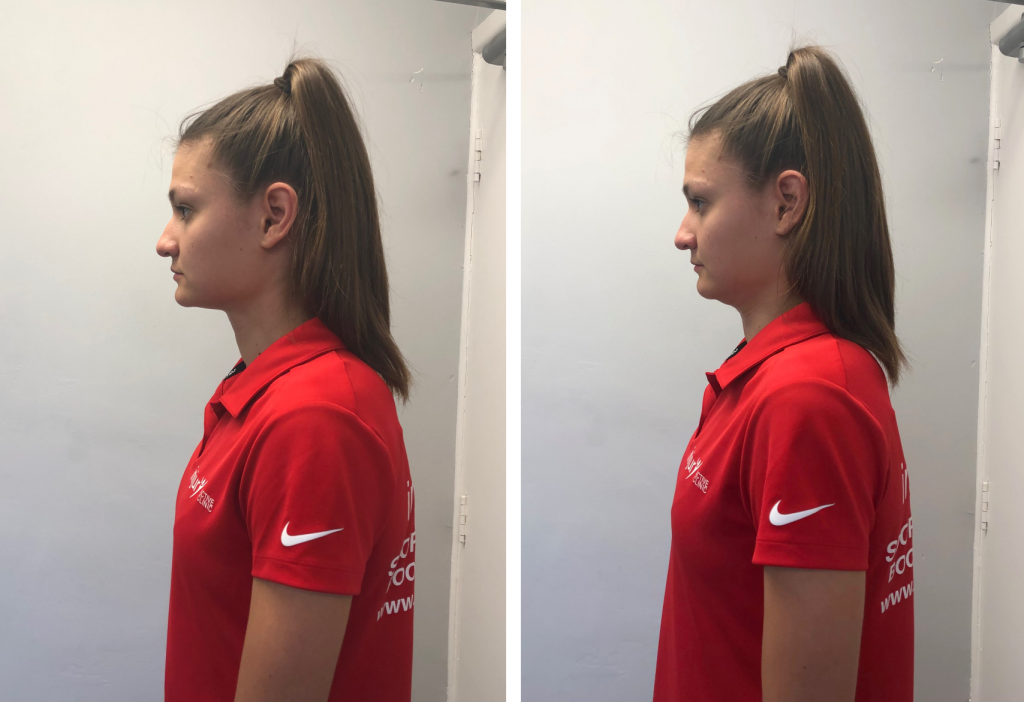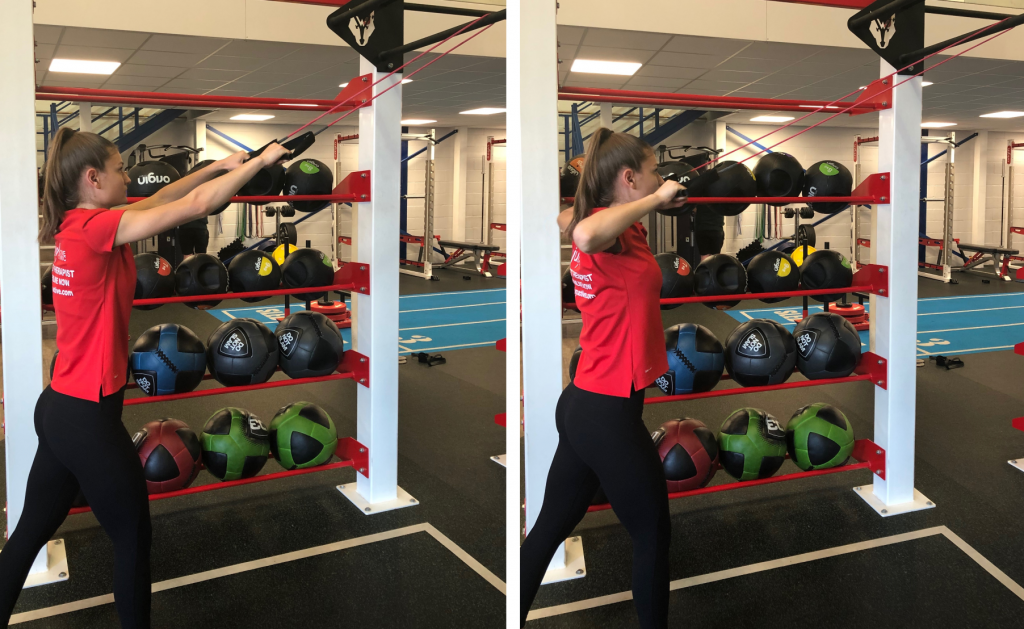
Relieve your Stiff Neck symptoms!
Do you struggle to look over your shoulder? Do you find yourself turning your whole body to look? Stiffness at the neck is a common complaint which can leave you feeling restricted and with limited range of movement. You may notice this when you are driving or when turning to talk to someone next to you.
Why? What causes the stiffness?
Stiffness can be caused by numerous things. For example:
Spending long periods of time in a fixed position. This is commonly reported after sitting at a desk, on a computer or reading a book. The spine will become stiff to conserve energy and hold your head in a certain position.
Sleeping in an awkward position. Placing the neck in a range that it doesn’t have access to for a long period of time can leave you with an uncomfortable stiff neck when you wake up.
Injury to surrounding soft tissues. This is often caused by impact or repeated movements which can cause damage to the surrounding connective tissues. As a post injury protective measure, the neck can become stiff and limit the range of movement to prevent further or re-injury.
How to improve neck stiffness?
Movement is the key to improve range of motion at the neck and alleviate the feeling of stiffness. Especially post injury it is important to teach the spine that it can access range of motion without getting injured again or being in pain.
Here are three tips on how to improve your range of motion at the neck and reduce that stiff feeling.
Move
If you spend long periods of time with your neck in a fixed position, try and move regularly. This may not be just the position of your head and neck but whole back. This can be as simple as altering the position you are sitting in, for example rotate slightly to the right or left or standing up every 30 minutes.
Restore range of motion
Spending some time working on the mobility of your spine will aim to increase the range of movement the neck can access before feeling restricted and stiff. Meisingset et al. (2016) reported that neck pain and disability decreased with increased range of motion. This exercise is a great way to increase rotation at the neck without crashing into the discomfort or pain of actively rotating the head.
Rotation Driver

Place your hands out together in front of you and look straight ahead, whilst keeping your head in a fixed position, rotate the arms to one side. Perform 10 reps on each side, 3-5 times throughout the day.
Strengthening
The muscles surrounding the neck work hard to stabilise the head. Strengthening these and those around the upper back is likely to be beneficial in reducing the discomfort associated with a stiff neck.
Fat Faces

Looking straight ahead, slowly take the chin and head backwards. Try 10-15 reps, 3-5 times throughout the day.
Face pulls

Using a resistance band or cable machine, pull your hands towards your face. Start with 3 sets of 10-12 reps.
Can Injury Active help?
These exercises are a great place to start, however if you find that they do not improve your symptoms then an individualised approach might be more appropriate to help manage them. At Injury Active we will carry out a thorough assessment to identify where the discomfort is coming from and then apply movements and exercises that are personalised to you. Manual treatment such as sports massage may also be an effective technique to relieve some discomfort associated with neck stiffness.
If you need help managing your neck pain and/or stiffness get in contact with us, or book online now.
Naomi Waldock
BSc Hons Sports Therapy MSST
Naomi@injuryactive.com
References Meisingset, I. et al. (2016) Neck motion, motor control, pain and disability: A longitudinal study of associations in neck pain patients in physiotherapy treatment. Manual therapy, Apr; 22; 94-100
